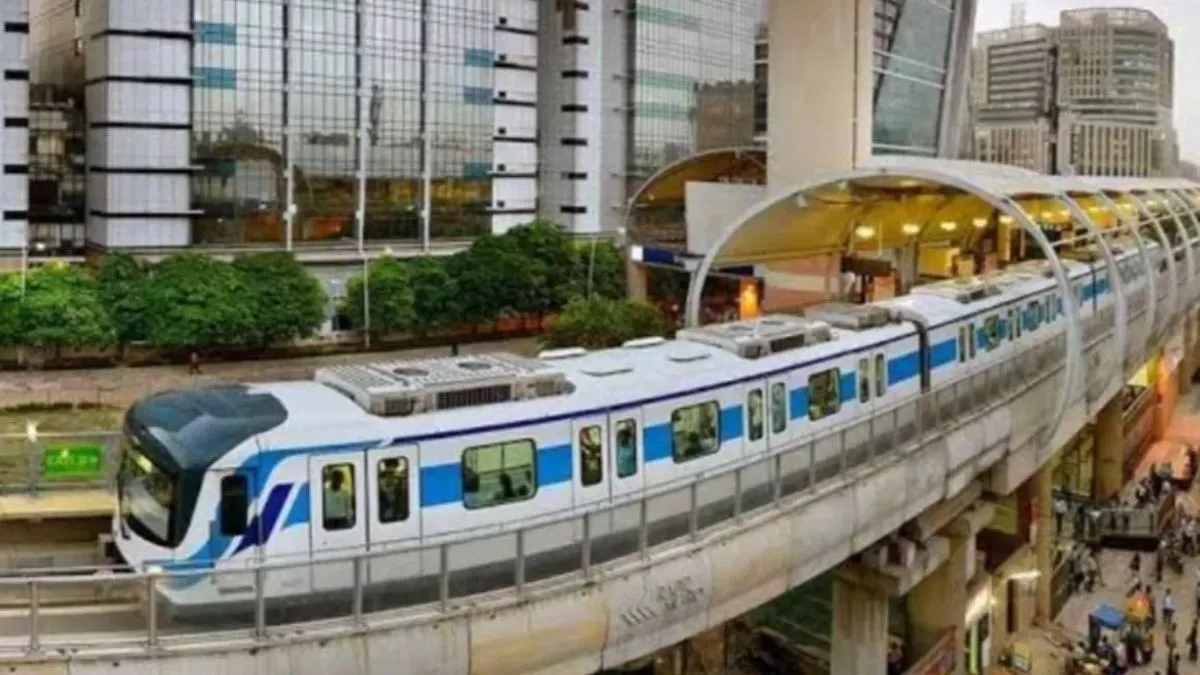- By Aditya Jha
- Tue, 14 Oct 2025 08:22 PM (IST)
- Source:JND
Gurugram Metro Update: The Haryana government officials on Tuesday reportedly stated that the proposal to construct a metro spur between Sector 5 and Gurugram Railway Station has been finalised. They further stated that the Gurugram Metro Rail Limited (GMRL) is soon likely to prepare a plan for the construction. The plan will be further sent to the Haryana state government and the Union Ministry of Housing and Urban Affairs for the approval. Earlier last month, the GMRL had stated that the construction of the metro spur will provide convenience to the commuters and will also boost the ridership.
"There was no provision for the spur line to the railway station and a separate depot in the original detailed project report (DPR). Now a supplementary DPR has been submitted, and the board has agreed to the construction. The matter will be sent to the govt for final clearance. The link will greatly improve accessibility for passengers and enhance ridership potential," a GMRL official was quoted as saying by ET Infra.
The metro spur will be included in the Phase 2 tender of the GMRL's expansion project once it is approved by the ministry, the Hindustan Times reported, citing officials. Earlier in November 2024, the Haryana government decided to add an additional spur line between the key platforms for the convenience of the passengers. However, the metro authority had proposed to connect these regions through a skywalk with escalators.
ALSO READ: Karur Stampede: DMK Alleges TVK-BJP Links With ‘IYKYK’ Dig At Vijay
The government clarified that the spur will improve the last-mile connectivity for thousands of commuters. A metro spur is a branch line that extends from a metro line to provide service to a region, giving a boost to the connectivity. The GMRL also emphasised that several expansion projects will be announced in the upcoming months to improve the connectivity and reduce the traffic congestion.

